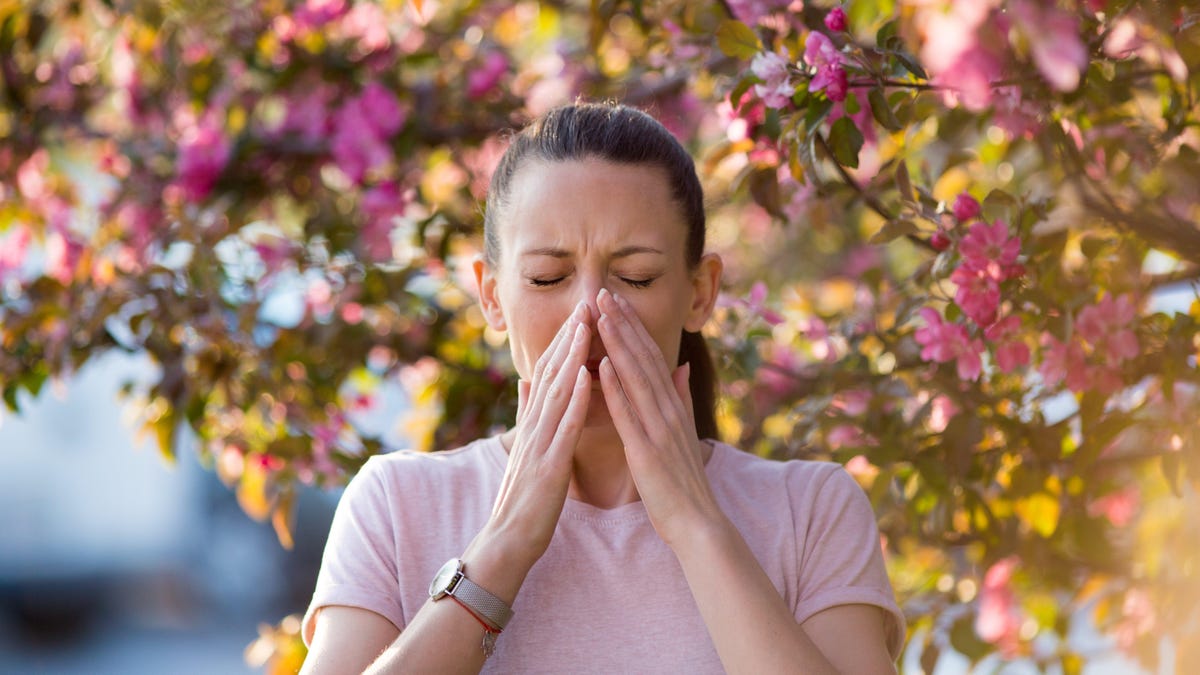It’s Time to Get Serious About Spring Allergies

It’s not your imagination – spring allergy season really gets worse every year. (Thanks, climate change.) The pollen season now starts 20 days earlier and lasts 10 days longer than it did in 1990, according to a recent study , and pollen is up 21%. If you’ve been thinking about every spring season as something that makes you nervous, it might be time to take a different approach.
Do the simple things first
If you’ve mostly ignored your allergies and hoped they would clear up quickly, let’s look at a few small changes that can help. (Allergic veterans are probably already doing this.)
First, the pollen comes from outside. So do your best to keep it there. Instead of opening your windows on a fine spring day, keep them closed and rely on your home’s ventilation system to regulate the temperature as needed. Replace your system’s air filter with a new one with a high MERV rating; we have more about choosing and replacing air filters here . In a car, the recirculation button will keep outside air outside.
In addition to air, pollen can enter your home from clothes, shoes, hair, and pet fur. The Asthma and Allergy Foundation of America recommends the following:
- Take off your shoes when you go inside.
- Change and wash your clothes after being outside for a while.
- Take a shower and wash your hair before bed.
- Dry pets with a towel when they enter the premises.
- Wash bedding once a week.
Pay attention to the amount of pollen
To find out when pollen is at its strongest, check a website like pollen.com or your local weather forecast.
Most pollen is in the air in the early morning and late afternoon. If you go outside during periods of high pollen concentration, consider wearing sunglasses or even a mask (N95 is great at blocking pollen).
If you’re thinking about moving (or traveling during pollen season), you can take a look at the Asthma and Allergy Foundation ‘s list of “allergy capitals” where pollen is the most dangerous and allergy specialists are hardest to find. Last year, the rankings also included the best cities for seasonal allergy sufferers, with Fresno, California, Phoenix, Arizona, and Provo, Utah topping the list.
In your house
With the simple things out of the way, it may be time to start looking at more complex solutions. Carpets, for example, can trap pollen. They may also contain other allergens such as dust and dust mites. If you’re struggling with allergies, it might be time to ditch them and move on to parquet or another smooth floor.
Regular cleaning also helps. Get into the habit of vacuuming frequently, ideally with a vacuum cleaner with a HEPA filter to trap fine particles. Remove things you can’t easily clean and set up a cleaning schedule to make sure you don’t neglect the task.
Anti-allergic covers on pillows and mattresses are designed to keep dust mite allergens out where they can’t be cleaned. If you’re allergic to dust, get a set of these protectants and make sure you wash bedding, curtains, pillows, and other textiles frequently. (Dust mites are not seasonal like pollen, but if you’re allergic to both, you don’t need this double whammy.)
Consider also an air purifier. These devices filter allergens from the air , and some people find they help reduce symptoms.
With your doctor
Over-the-counter medications such as claritin can help reduce allergy symptoms, but if you still feel unwell even while taking them, it may be time to seek professional help. See an allergist to see if other medications or approaches might work for you (and control your asthma if you have it in addition to your allergies).
If you’ve just lived with the assumption that you’re allergic to “something”, an allergy test can help narrow down your triggers. Maybe you need to pay more attention to mold than, for example, growing pollen. The more you know, the more targeted approach you can take.